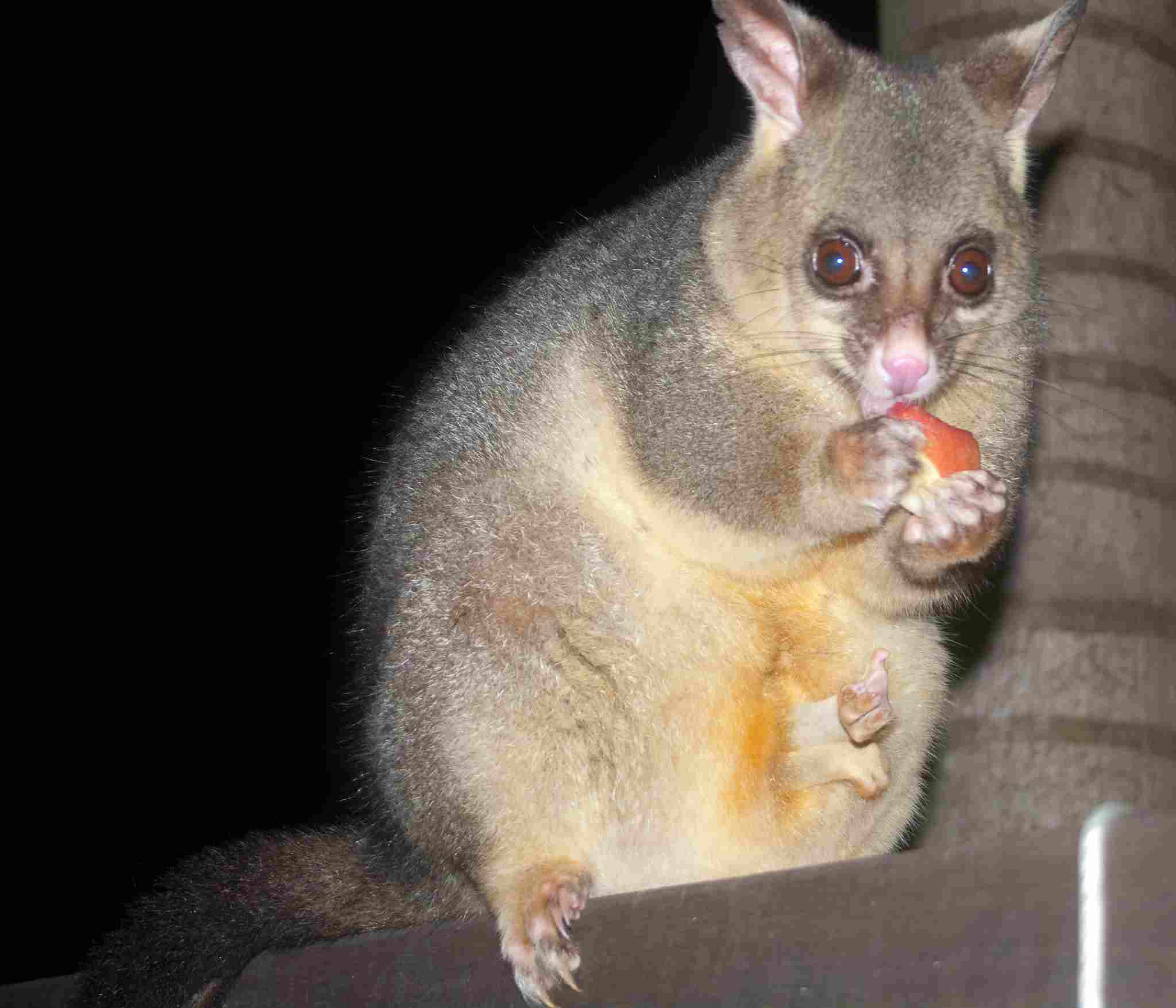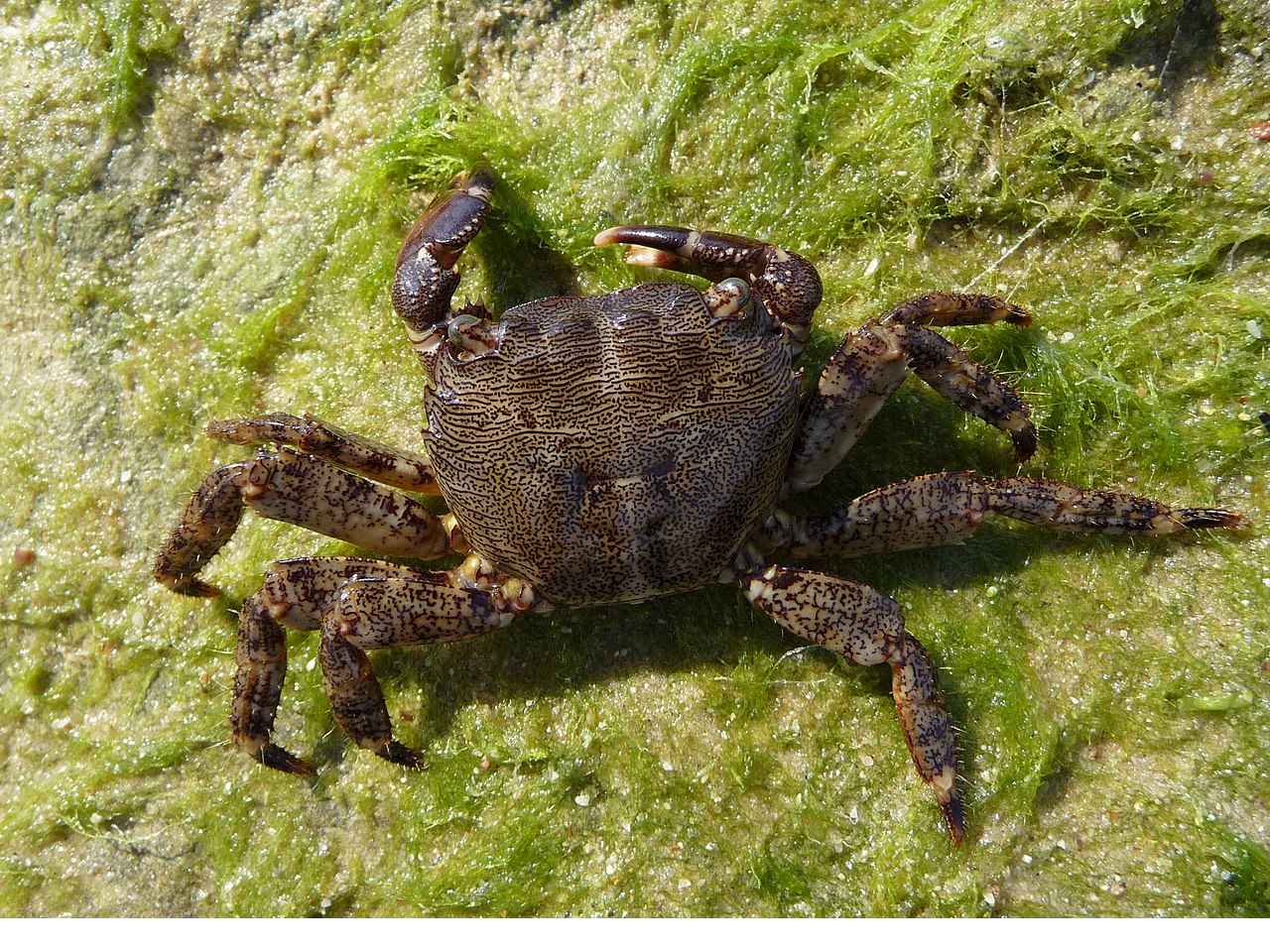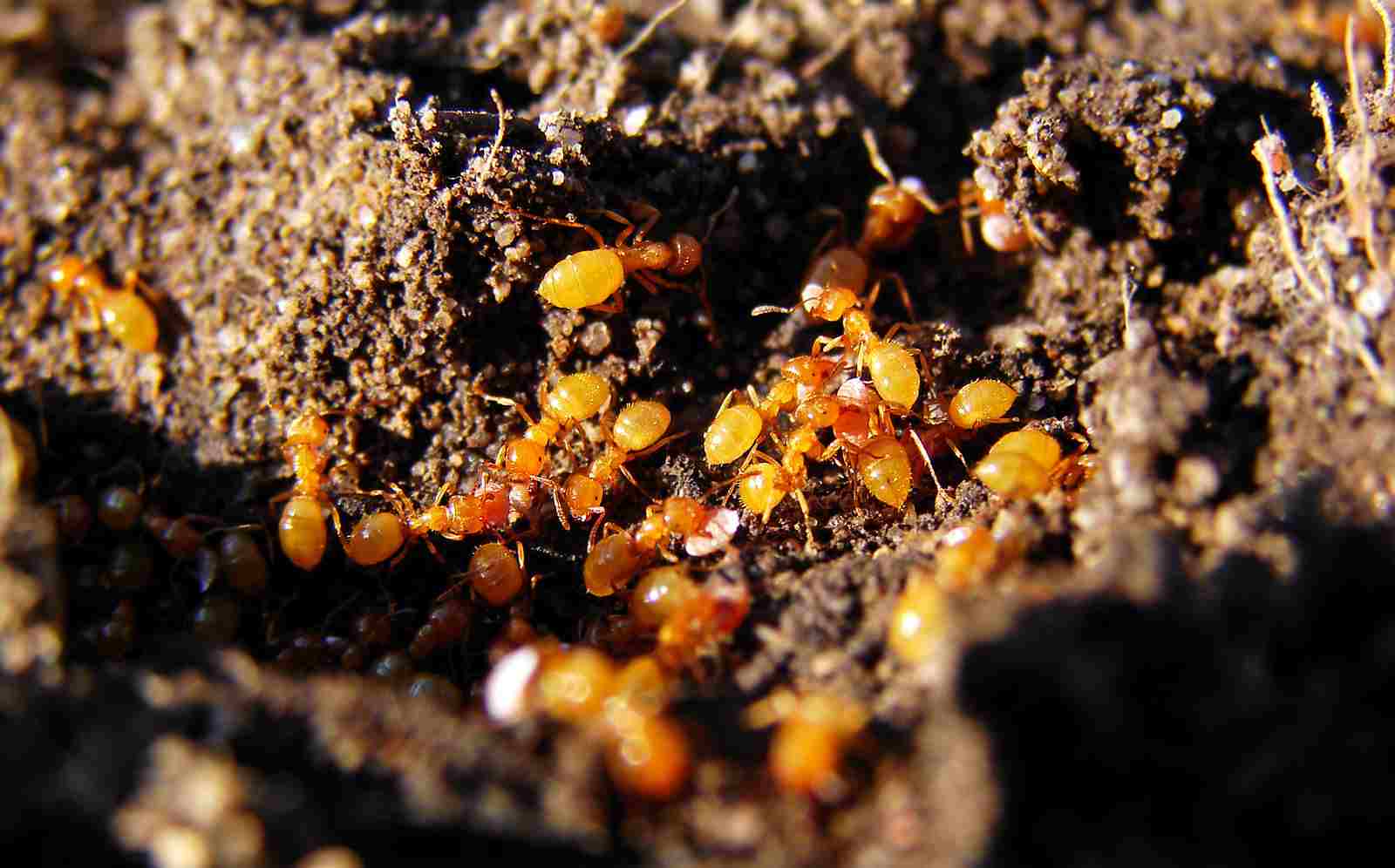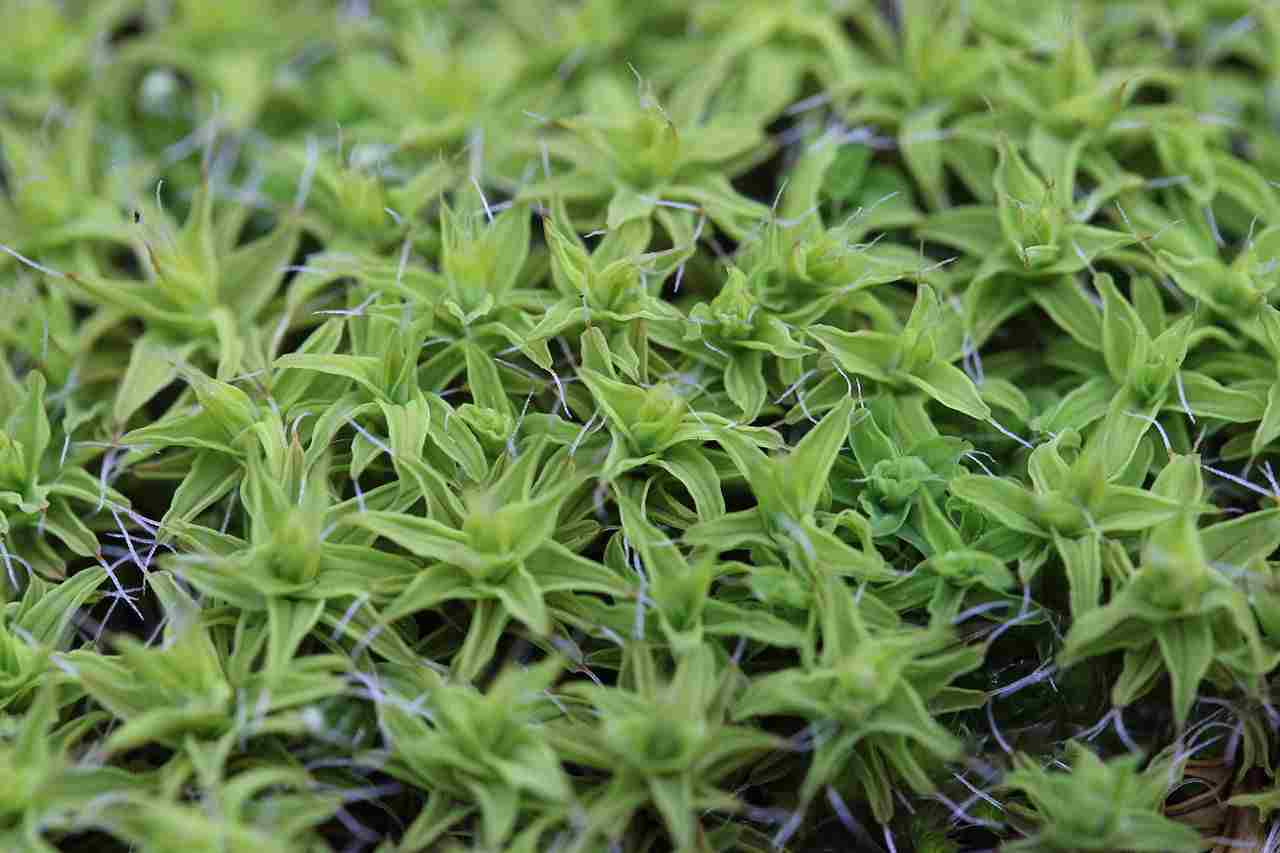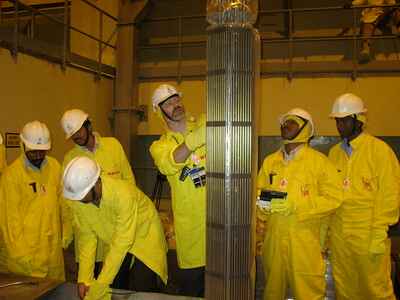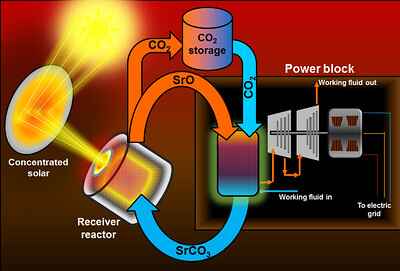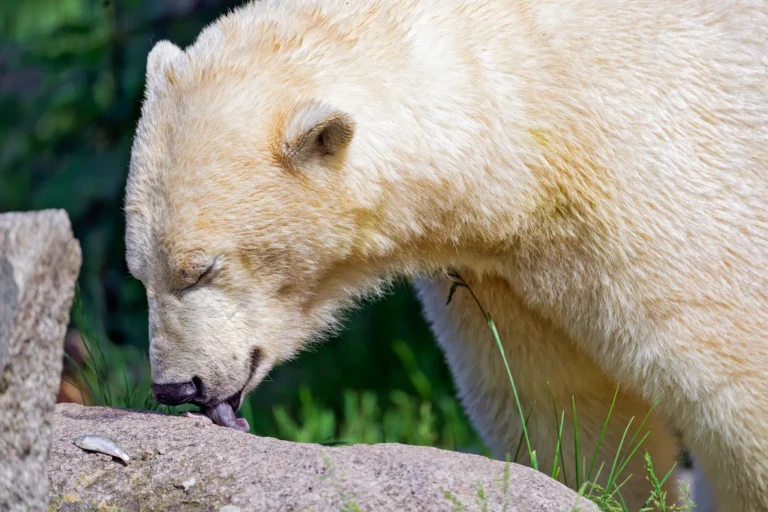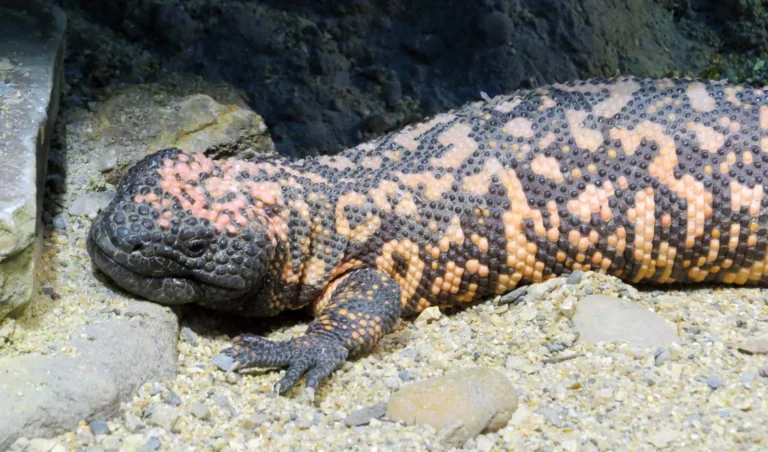Roles Of Producers, All Consumers, Decomposers And Detritivores In An Ecosystem
The Roles Of Producers, All Consumers, Decomposers And Detritivores In An Ecosystem includes producing organic matter and energy through photosynthesis or chemosynthesis, which supports the entire food web. Consumers obtain energy by feeding on other organisms, thereby controlling populations and transferring energy. Decomposers break down dead organic matter, releasing nutrients back into the environment. Detritivores consume detritus, aiding decomposition, facilitating nutrient cycling, and supporting ecosystem stability. These roles are interconnected, creating a balanced and sustainable ecosystem.
Role of Producers In An Ecosystem
Producers play a fundamental role in ecosystems by serving as the primary source of energy and organic matter for other organisms. Also known as autotrophs, producers are capable of converting inorganic substances into organic matter through processes such as photosynthesis and chemosynthesis. They are the base of the food web, providing energy and nutrients for consumers at higher trophic levels.
Photosynthesis
Most producers, particularly plants, algae, and some bacteria, use photosynthesis to create organic matter. They harness energy from sunlight and convert carbon dioxide and water into glucose and oxygen. This process not only provides food and energy for the producers themselves but also generates oxygen as a byproduct, which is essential for the survival of aerobic organisms, including humans.
Primary Production
Producers are responsible for primary production—the creation of organic material from inorganic sources. This primary production is the initial step in the flow of energy through an ecosystem. It is measured in terms of gross primary production (the total amount of energy produced) and net primary production (the amount of energy available for consumption by other organisms after accounting for the producer’s own respiration).
Biodiversity and Habitat Formation
Producers contribute significantly to ecosystem biodiversity and habitat formation. In terrestrial ecosystems, plants create diverse habitats that support a wide range of species, from insects and birds to mammals and reptiles. Forests, grasslands, and wetlands owe their structure and composition to the types of plants that grow there. Similarly, in aquatic ecosystems, algae and aquatic plants form the basis for complex habitats, supporting a variety of aquatic life.
Influence on Ecosystem Stability and Climate
Producers play a crucial role in stabilizing ecosystems. By providing a consistent source of energy and organic matter, they maintain the food web’s structure and contribute to nutrient cycling. In addition, producers can influence climate patterns by sequestering carbon dioxide during photosynthesis, which helps regulate the Earth’s temperature and reduce the effects of global warming.
In summary, producers are the cornerstone of ecosystems. They are the original source of energy and organic matter, supporting all other forms of life. Their ability to convert inorganic substances into organic matter drives the entire ecosystem’s energy flow, maintains biodiversity, and contributes to ecosystem stability and climate regulation. Without producers, ecosystems would lack the necessary foundation for life to thrive.
Role of All Consumers In An Ecosystem
Consumers, also known as heterotrophs, are organisms that cannot produce their own food. Instead, they rely on other organisms—either producers or other consumers—for energy and nutrients. Consumers play a vital role in maintaining ecosystem balance by controlling populations, recycling nutrients, and facilitating energy transfer through various trophic levels. They come in different types based on their dietary preferences, such as herbivores, carnivores, omnivores, and detritivores.
Types of Consumers
Consumers can be classified into different categories based on what they consume:
-
Herbivores: These are primary consumers that feed exclusively on plants or other autotrophs. They are the first link between producers and higher-level consumers. Examples include deer, rabbits, and many types of insects.
-
Carnivores: These secondary or tertiary consumers primarily eat other animals. Carnivores help regulate prey populations, maintaining ecosystem balance. Examples include lions, eagles, and sharks.
-
Omnivores: These consumers have a flexible diet, eating both plants and animals. Omnivores contribute to ecosystem dynamics by affecting multiple trophic levels. Examples include bears, raccoons, and humans.
-
Detritivores and Decomposers: Though often considered distinct from other consumers, detritivores consume detritus, and decomposers break down dead organic matter, facilitating nutrient cycling. We’ll discuss these in more detail in a later section.
Energy Transfer and Food Webs
Consumers play a key role in transferring energy through ecosystems. By consuming producers and other consumers, they ensure energy flows through food chains and webs. This transfer of energy is critical for the survival of higher trophic levels and helps sustain ecosystem complexity.
Population Control
Consumers help control populations within an ecosystem. Herbivores regulate plant populations, preventing overgrowth and promoting diversity. Carnivores control the populations of herbivores and other prey species, ensuring that no single species dominates the ecosystem. This balance contributes to overall ecosystem health and stability.
Nutrient Cycling
By consuming other organisms, consumers contribute to nutrient cycling. As they metabolize food, consumers release waste products that return nutrients to the soil or water. When consumers die, decomposers break down their bodies, releasing nutrients back into the environment, which supports primary production.
Impact on Biodiversity
Consumers influence biodiversity by affecting the structure of ecosystems. They create niches for other species and can drive evolutionary adaptations. Their interactions with other organisms create a complex web of relationships, promoting a diverse ecosystem.
Consumers are critical to ecosystem function. They transfer energy through food chains and webs, regulate populations, cycle nutrients, and contribute to biodiversity. Their role in maintaining ecosystem stability and balance is indispensable, making them a key component of any healthy ecosystem. Without consumers, ecosystems would become unbalanced, leading to overpopulation of some species and depletion of others, ultimately disrupting the flow of energy and nutrients.
Role of Detritivores In An Ecosystem
Detritivores, also known as detrivores or detritus feeders, are organisms that consume dead and decaying organic matter, known as detritus. They play a crucial role in ecosystems by breaking down complex organic materials into simpler compounds, aiding nutrient cycling and energy transfer. Detritivores are essential for maintaining ecosystem health and contribute to various ecological processes.
Decomposition and Nutrient Cycling
Detritivores help in decomposing dead plants, animals, and other organic material. By consuming detritus, they contribute to breaking down these materials into simpler compounds. This process releases nutrients back into the soil or water, where they become available for primary producers like plants and algae. This nutrient cycling is critical for sustaining ecosystems, ensuring that essential elements are recycled and used efficiently.
Facilitation of Decomposers
Detritivores work in tandem with decomposers (bacteria and fungi) to further break down organic matter. As detritivores consume detritus, they create smaller particles and increase the surface area for decomposers to act upon. This synergy between detritivores and decomposers accelerates the decomposition process, ensuring that nutrients are rapidly returned to the environment.
Energy Flow and Food Webs
Detritivores play an essential role in the food web by providing a source of energy for other organisms. As they consume detritus, they become prey for secondary consumers like birds, amphibians, and small mammals. This creates an additional pathway for energy flow, enhancing the complexity and resilience of food webs.
Habitat Formation and Soil Health
By breaking down organic matter, detritivores contribute to soil formation and health. Their activities create a layer of decomposed organic material known as humus, which enriches the soil, improves its structure, and enhances its water retention capabilities. This process is vital for maintaining fertile soil, supporting plant growth, and stabilizing ecosystems.
Biodiversity and Ecosystem Stability
Detritivores contribute to ecosystem biodiversity and stability by providing habitats for other organisms and promoting a balanced ecosystem. As they consume detritus, they create niches for various microbes and smaller organisms, supporting a diverse range of species. Their role in nutrient cycling and decomposition helps maintain ecosystem stability, preventing the accumulation of dead organic matter and reducing the risk of disease outbreaks.
| Role | Description |
| Producers |
Autotrophs that convert inorganic substances into organic matter through photosynthesis or chemosynthesis. They form the base of food webs, providing energy and oxygen, and contribute to habitat formation and ecosystem stability.
|
| All Consumers |
Heterotrophs that rely on other organisms for energy. They include herbivores, carnivores, omnivores, and detritivores. Consumers facilitate energy transfer, regulate populations, and contribute to nutrient cycling.
|
| Decomposers |
Organisms like bacteria and fungi that break down dead organic matter, releasing nutrients into the environment. They work with detritivores to facilitate decomposition and contribute to nutrient cycling and soil health.
|
| Detritivores |
Organisms that consume dead organic matter, aiding in decomposition and nutrient cycling. They create energy pathways in food webs, contribute to soil health, and support ecosystem stability and biodiversity.
|
